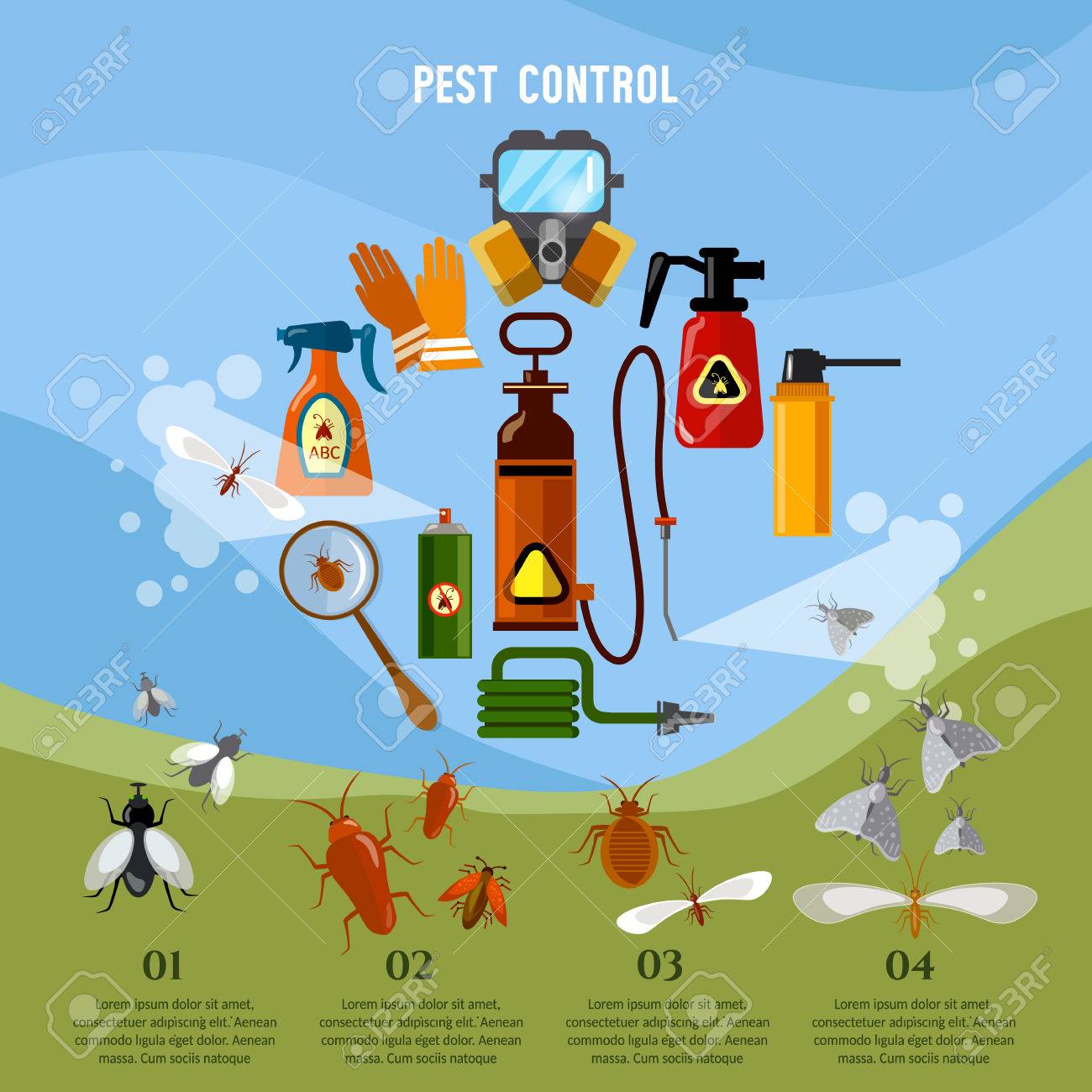Insights Into The Life Process Of Bed Vermin: Guidance From Insect Specialists
Insights Into The Life Process Of Bed Vermin: Guidance From Insect Specialists
Blog Article
Staff Author-Hermansen Jepsen
Like a quiet intrusion, bed bugs can slip right into your home, concealing in the darkness and awaiting the best minute to strike. Recognizing their life cycle is important in handling these relentless parasites, and who far better to turn to for guidance than the specialists themselves?
In this conversation, you will certainly reveal the secrets of the egg stage, the fairy stage, and the adult stage of bed pests, deciphering the secrets behind their resilience and perseverance. Brace yourself, since what you're about to uncover will leave you questioning every little impulse and bite.
The Egg Stage
Throughout the egg stage, bed insects remain in their earliest kind, prepared to hatch out and begin their life cycle. These small eggs are usually stocked cracks and holes near the bed pest's feeding location, such as seams of cushions or furniture. The women bed pest can injure to five eggs per day, which adds up to hundreds in her life time.
The eggs are oval-shaped and about 1mm in length, making them hardly noticeable to the naked eye. They have a sticky finishing that helps them adhere to surfaces and remain in position. The egg phase lasts about one to 2 weeks, relying on the temperature and other environmental factors.
As soon as the eggs hatch, the nymphs emerge, beginning their journey in the direction of adulthood.
The Fairy Phase
As the eggs hatch, the freshly emerged fairies embark on their trip in the direction of the adult years, noting the start of the fairy stage in the life cycle of bed pests. This stage is vital for their growth, and recognizing its attributes can assist in taking care of these insects efficiently.
Here are termites in lawn to learn about the fairy stage:
1. https://urbanmatter.com/effective-pest-control-strategies-for-colorado-springs-residents/ and Look: Nymphs are small, determining only around 1.5 mm in size. They're translucent, yet after feeding, their bodies turn reddish-brown. As they grow, they shed their exoskeletons, leaving behind molted skins.
2. Feeding Habits: Like adult bed bugs, nymphs feed on blood. They require to feed several times to molt and advance to the following stage. Fairies generally feed upon people or animals while they sleep, leaving behind scratchy bites.
3. Development and Reproduction: Fairies experience five instars before reaching adulthood. Each instar requires a blood meal for growth. Once they end up being grownups, they can recreate and proceed the bed insect life process.
Comprehending the fairy phase is necessary for reliable bed insect control. By targeting the fairies throughout this at risk phase, you can stop their development towards their adult years and stop their invasion.
The Adult Stage
After completing their development as fairies, bed pests get in the grown-up stage. At this stage, adult bed insects are around 4-5 mm in size and have a flat, oval-shaped body that is reddish-brown in color. They have six legs, antennae, and a small head. Adult bed insects are fully capable of reproducing and continuing their infestation. They feed on blood, preferably human blood, and can make it through without a dish for numerous months. They are largely energetic during the night and often tend to conceal in splits, crevices, and furniture during the day.
Adult female bed insects can injure to 5 eggs each day. These eggs hatch out into fairies in concerning a week. Comprehending the actions and life process of grown-up bed bugs is important in successfully removing and preventing infestations.
Conclusion
Since you comprehend the life cycle of bed bugs, you hold the power to protect your home.
Imagine a serene evening's rest, devoid of the torture of these little parasites.
By acknowledging the indications and taking immediate action, you can avoid invasions and ensure the well-being of your loved ones.
Don't allow these stealthy pests attack your haven.
Remain attentive, remain notified, and rest tight understanding you're in control.
